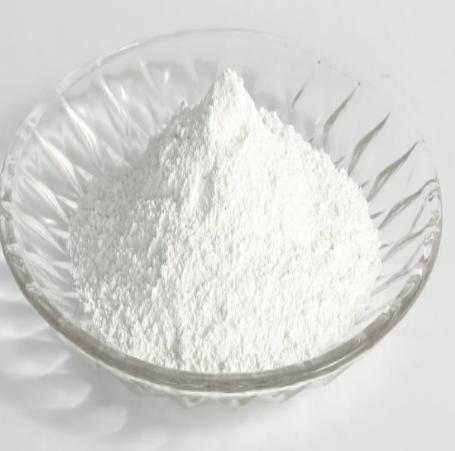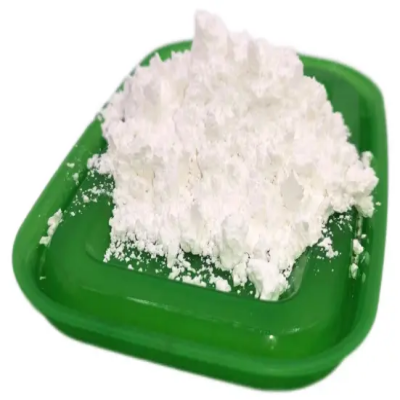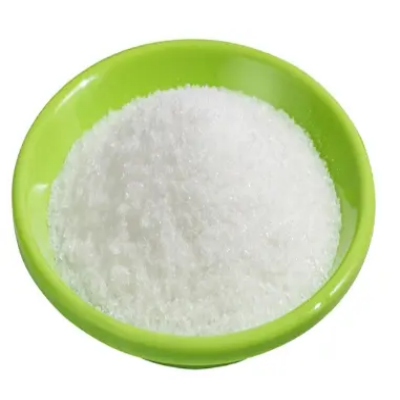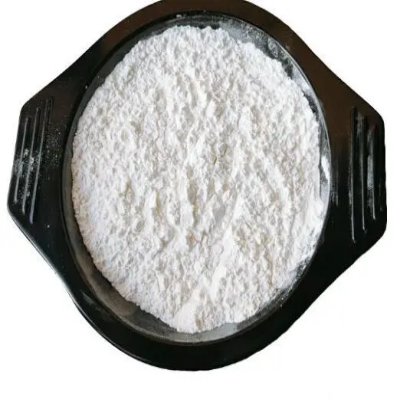4-(2,3-Dichloro-phenyl)-2,6-dimethyl -1,4-dihydro-pyridine-3,5-dicarboxylic acid 3-(2-cyano-ethyl) ester 5-methyl ester CAS:110962-94-2
4-(2,3-Dichloro-phenyl)-2,6-dimethyl-1,4-dihydro-pyridine-3,5-dicarboxylic acid 3-(2-cyano-ethyl) ester 5-methyl ester is utilized in pharmaceutical research due to its structural properties and potential pharmacological activities. Here are its key applications: Drug Development: The compound is investigated for its potential as a therapeutic agent. Researchers study its interactions with biological targets such as receptors or enzymes to develop novel drugs. Its chemical structure, incorporating a pyridine ring, dichloro-phenyl group, and cyano-ethyl ester, offers unique binding properties that could be exploited in medicinal chemistry. Antimicrobial Activity: Studies explore the compound's ability to inhibit microbial growth. This is crucial in the development of antibiotics or antimicrobial agents. By modifying its chemical structure, researchers aim to enhance its efficacy against specific pathogens while minimizing adverse effects on host cells. Anticancer Potential: Another focus area is its role in cancer treatment. The compound's ability to interfere with cancer cell proliferation or induce apoptosis (programmed cell death) in malignant cells is under investigation. This potential makes it a candidate for developing targeted therapies against various types of cancers. Neurological Disorders: Given its pyridine derivative nature, the compound may influence neurological pathways. Research investigates its effects on neurodegenerative diseases such as Alzheimer's and Parkinson's diseases. Understanding its mechanisms of action could lead to the development of neuroprotective agents or therapies that mitigate disease progression. Anti-inflammatory Properties: The compound's structural elements suggest possible anti-inflammatory effects. It may modulate inflammatory pathways implicated in autoimmune diseases or chronic inflammation. This aspect is crucial for developing treatments that alleviate symptoms and improve patient outcomes. Cardiovascular Applications: Some studies explore its potential cardiovascular benefits, including its effects on blood vessel function, hypertension, or lipid metabolism. By targeting specific cardiovascular pathways, researchers aim to develop drugs that reduce cardiovascular risk factors and improve heart health. Molecular Probes: Beyond therapeutic applications, the compound serves as a molecular probe in biochemical and pharmacological research. It helps scientists investigate biological processes, protein interactions, and cellular pathways, providing insights into disease mechanisms and potential drug targets. In conclusion, 4-(2,3-Dichloro-phenyl)-2,6-dimethyl-1,4-dihydro-pyridine-3,5-dicarboxylic acid 3-(2-cyano-ethyl) ester 5-methyl ester is a versatile compound with diverse pharmacological applications. Its intricate structure and biological activities make it a valuable asset in the ongoing quest for new drugs and therapies across various medical fields.






| Composition | C19H18Cl2N2O4 |
| Assay | 99% |
| Appearance | white powder |
| CAS No. | 110962-94-2 |
| Packing | Small and bulk |
| Shelf Life | 2 years |
| Storage | Store in cool and dry area |
| Certification | ISO. |









